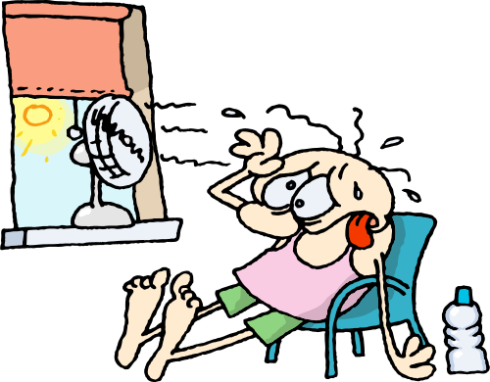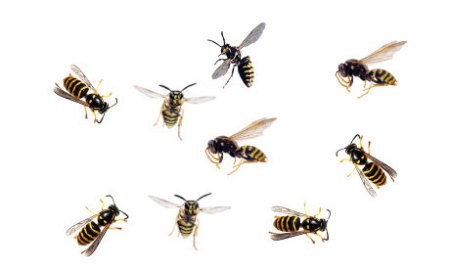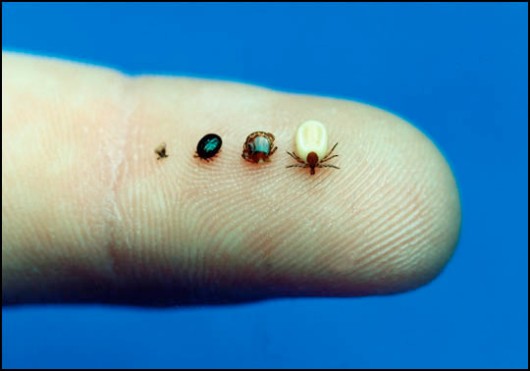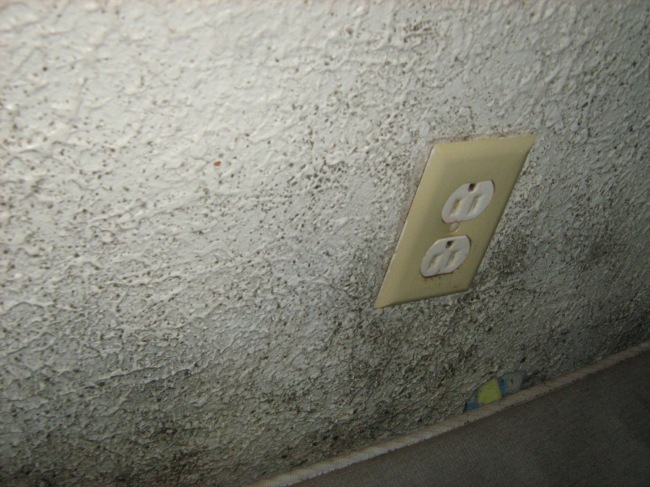If you’ve looked at the forecast for later this week, you may have noticed that the temperature is going to rise considerably. For some, it just means an opportunity to open up the pool if you haven’t already, or to crank on the AC and relax on the couch. For others who aren’t as fortunate, it’s a time to combat heat stress and find ways to keep cool. Follow these tips to ensure a safe summer ahead:
Keep the shades drawn during the day
Also, it may seem counterintuitive, but opening the windows will often make your home warmer, not cooler. Open your windows at night if the air outside is cooler than inside, and close them, along with blinds and shades, before the sun hits your house in the morning. When sunlight streams through the windows, it creates a miniature greenhouse effect in your home. You may also put houseplants – particularly larger potted trees – in front of sunny windows to absorb some of the sun’s energy.
Get rid of incandescent lights
Not only do those suckers use more energy, they generate a lot more heat than CFL or LED light bulbs.
While modern lightning, like compact fluorescents and LEDs, are more efficient, incandescent light bulbs can produce as much heat as they do light. Energy Star-rated light bulbs produce 75% less heat, so consider that when replacing bulbs. It’s always a good idea to shut off lights anyway to save energy, and it especially makes a big difference on hot sunny summer days. The same goes for many electronics (like computer and laptops, TV’s, etc), so consider unplugging any device that isn’t needed (even in standby mode, many electronics remain hot).
Make sure your ceiling fans are running counter clockwise
Ceiling fans can create a pleasant breeze to cool a room significantly. Be sure that you have the fan running in the right direction since ceiling fans can also be used in winter to create an updraft: in the summer, you should feel the breeze blowing down. Most modern fans will have a little switch on the side to reverse their direction. You want the fan to go clockwise in winter to push warm air down and reverse it in the summer to circulate cool air.
Stand-alone fans placed directly in front of you, it’s no surprise, help keep you cool. Add in a spritz bottle and you can dramatically change your temperature; as the water evaporates off your skin, your body sheds heat.
A Do-it-yourself wind tunnel is another option; if there’s a cool breeze, particularly at night, set one fan facing in on the side of your home facing the wind, and another facing out on the opposite end of the house. You’ll maximize the cooling power of a natural breeze. Pretty awesome idea, right?
Dress appropriately
Loose-fitting, light clothing goes a long way toward keeping you cool. It’s time to bust out those cotton shorts and tank tops. It’s important to wear fabrics that breathe (right down to your underwear, too!).
Grab a towel
A towel soaked in cold water is a great way to cool down. Apply it to your neck, wrists, and forehead for some relief during the hottest part of the day. Fun fact: If you have a water bottle with warm water and want to make it cool, try putting it into a sock that’s been soaked in water, and hang it outside in the heat. The water evaporates from the sock, leaving the water bottle inside of it cooler by as much as 30 degrees.
Avoid the stove and oven
Both of these will add unnecessary heat to the house. That’s a no-brainer. Instead, fire up that outdoor grill or whip up a salad or sandwich. Your rice or slow cookers are other alternatives to heating up the house with the stove or oven if you’re enticed to have something hot and not from the barbie.
Learn from your pets
Fido and Fluffy are geniuses. How does your cat cope with the hottest part of the day? She snoozes! If you can squeeze in an afternoon nap, go for it. Who’s really going to argue with that (aside from maybe your boss if you’re at work…)?
Plant a tree… or three!
Your house gets hot because the sun beats down on it relentless on hot summer days. Let nature help reduce your energy bills by planting deciduous trees on the east and west sides of your home ; in the summer, their broad leaves will shade your house, while in the winter, bare branches won’t stop the sun’s warmth from reaching your walls. Also consider planting trees or shrubs to shade high-heat areas – air conditioning units that emit heat, for instance, and driveways and walkways that absorb it.
Drink LOTS of water
Again, that’s a no-brainer. When temperatures soar, you risk heat-related injuries, even if you’re doing very little activity. Staying well hydrated will help keep your body from over-heating, especially if you’re sweating. The moment you stop sweating is an indication that you’re not drinking nearly enough. And as much as you probably don’t want to hear it, stay away from the alcohol. Booze will just dehydrate you further, as much as a margarita sounds delish!








